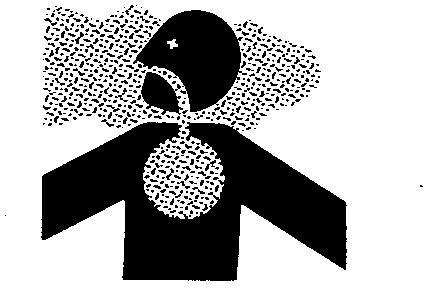
2 minute read
Prevent Acid Burns
Sulfuric acid in battery electrolyte is poisonous. It is strong enough to burn skin, eat holes in clothing, and cause blindness if splashed into eyes.
Avoid the hazard by:
Advertisement
1. Filling batteries in a well-ventilated area.
2. Wearing eye protection and rubber gloves.
3. Avoiding breathing fumes when electrolyte is added.
4. Avoiding spilling or dripping electrolyte.
5. Use proper jump start procedure.
If you spill acid on yourself:
1. Flush your skin with water.
2. Apply baking soda or lime to help neutralize the acid.
3. Flush your eyes with water for 15 30 minutes. Get medical attention immediately.
If acid is swallowed:
1. Do not induce vomiting.
2. Drink large amounts of water or milk, but do not exceed 2 L (2 quarts).
3. Get medical attention immediately.

Handle Agricultural Chemicals Safely
Chemicals used in agricultural applications such as fungicides, herbicides, insecticides, pesticides, rodenticides, and fertilizers can be harmful to your health or the environment if not used carefully.
Always follow all label directions for effective, safe, and legal use of agricultural chemicals.
Reduce risk of exposure and injury:
Wear appropriate personal protective equipment as recommended by the manufacturer. In the absence of manufacturer′s instructions, follow these general guidelines:
Chemicals labeled′Danger′ : Most toxic. Generally require use of goggles, respirator, gloves, and skin protection.
Chemicals labeled′Warning′ : Less toxic. Generally require use of goggles, gloves, and skin protections.


Chemicals labeled′Caution′ : Least toxic. Generally require use of gloves and skin protection.
Avoid inhaling vapor, aerosol or dust.
Always have soap, water, and towel available when working with chemicals. If chemical contacts skin, hands, or face, wash immediately with soap and water. If chemical gets into eyes, flush immediately with water.
Wash hands and face after using chemicals and before eating, drinking, smoking, or urination.
Do not smoke or eat while applying chemicals.
After handling chemicals, always bathe or shower and change clothes. Wash clothing before wearing again.
Seek medical attention immediately if illness occurs during or shortly after use of chemicals.
Keep chemicals in original containers. Do not transfer chemicals to unmarked containers or to containers used for food or drink.
Store chemicals in a secure, locked area away from human or livestock food. Keep children away.
Always dispose of containers properly. Triple rinse empty containers and puncture or crush containers and dispose of properly.
Clean Vehicle of Hazardous Pesticides
CAUTION:
During application of hazardous pesticides, pesticide residue can build up on the inside or outside of the vehicle. Clean vehicle according to use instructions of hazardous pesticides.
When exposed to hazardous pesticides, clean exterior and interior of vehicle daily to keep free of the accumulation of visible dirt and contamination.
[1] - Sweep or vacuum the floor of cab.
[2] - Clean headliners and inside cowlings of cab.
[3] - Wash entire exterior of vehicle.
[4] - Dispose of any wash water with hazardous concentrations of active or non-active ingredients according to published regulations or directives.





